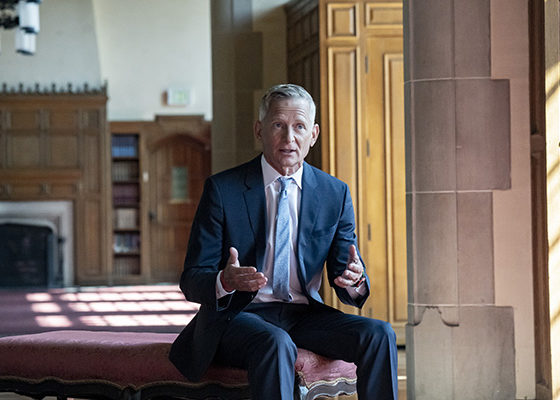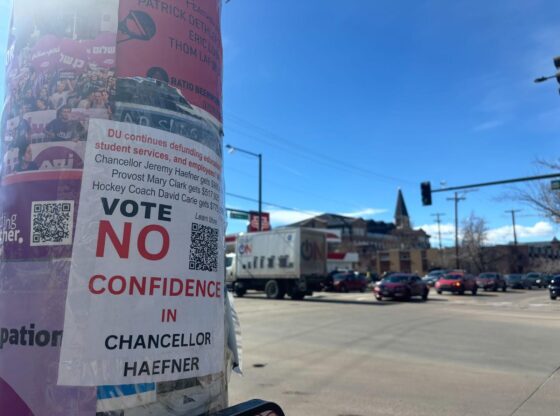Donald Trump, who once sought to ban TikTok in the name of national security, now wants to be seen as its savior. But make no mistake, this isn’t an act of altruism.
In a theatrical twist, TikTok returned online on Sunday just hours after it was temporarily unavailable for American users. The rapid turnaround came after President-elect Donald Trump told NBC’s Kristen Welker that he would “most likely” grant TikTok a 90-day extension once in office. TikTok’s policy team responded on X, writing that they were “restoring service” for American users.
Millions of creators and fans breathed a sigh of relief. Still, before celebrating Trump as TikTok’s savior, it’s worth considering whether the entire debacle was a classic case of “wag the dog.”
The term, borrowed from the 1997 film of the same name, describes a tactic in which a political leader manufactures or amplifies a crisis to distract from deeper issues or to reposition themselves as the hero. Trump’s TikTok pivot bears striking similarities.
In 2020, Trump’s administration first sounded the alarm on TikTok, branding it a national security threat due to its ownership by ByteDance and alleged ties to the Chinese government. Trump signed an executive order to force ByteDance to sell its U.S. operations or face a ban, casting himself as a protector of American data. These actions laid the groundwork for the app’s eventual removal under the Protecting Americans from Foreign Adversary Controlled Applications Act (PAFACA), enacted during President Biden’s term.
PAFACA mandated that apps owned by companies in “foreign adversary” nations divest their U.S. operations or be banned. ByteDance challenged the law, but the Supreme Court upheld its constitutionality. Unsurprisingly, the Biden administration, which inherited the TikTok controversy, chose not to enforce the ban during the last days in office. Instead, White House officials deferred the issue to the courts and the incoming Trump administration.
As Jan. 19 approached, American TikTok users were interrupted with a slew of messages:
“Important update from TikTok
We regret that a U.S. law banning TikTok will take effect on January 19 and force us to make our services temporarily unavailable. We’re working to restore our service in the U.S. as soon as possible, and we appreciate your support. Please stay tuned.”
“Sorry, TikTok isn’t available right now
A law banning TikTok has been enacted in the U.S. Unfortunately that means you can’t use TikTok for now. We are fortunate that President Trump has indicated that he will work with us on a solution to reinstate TikTok once he takes office. Please stay tuned!”
“TikTok is temporarily unavailable
We are working hard to resolve this issue. Thank you for your patience.”
“Welcome back!
Thanks for your patience and support. As a result of President Trump’s efforts, TikTok is back in the U.S.! You can continue to create, share, and discover all the things you love on TikTok.”
This sequence exemplifies the kind of manufactured crisis that “wag the dog” refers to, where events are crafted in such a way as to allow a figure like Trump to emerge as the hero, swooping in to save the day after helping to engineer the very situation. While frustrating for users, the confusion may ultimately benefit Trump’s political narrative, further blurring the lines between crisis and spectacle.
The platform’s return is undoubtedly a victory for TikTok creators and millions of U.S. users. But, it’s critical to recognize the political theater at play. Trump’s actions serve less as a genuine solution and more as a calculated move to reclaim the spotlight once again.
Given the significant stakes U.S. investment firms like Susquehanna International Group, Kohlberg Kravis Roberts, Sequoia Capital and General Atlantic have in ByteDance, it’s possible that financial interests also played a role in Trump’s reversal on TikTok. These firms, which have backed ByteDance’s growth, stand to benefit from TikTok’s continued operation in the US.
While there is no direct evidence of lobbying, the timing of Trump’s shift raises questions about whether these firms influenced his decision.
For creators and users, TikTok’s return feels like a win. But it’s important to see beyond the relief. Whether Trump was ever concerned about national security or free speech is up for debate. He leveraged TikTok, using the platform and its millions of users as pawns in a broader game of political theater. By framing himself as TikTok’s unlikely hero, Trump distracts from the real questions: who truly benefits from these decisions, and at what cost?
Woof Woof.











